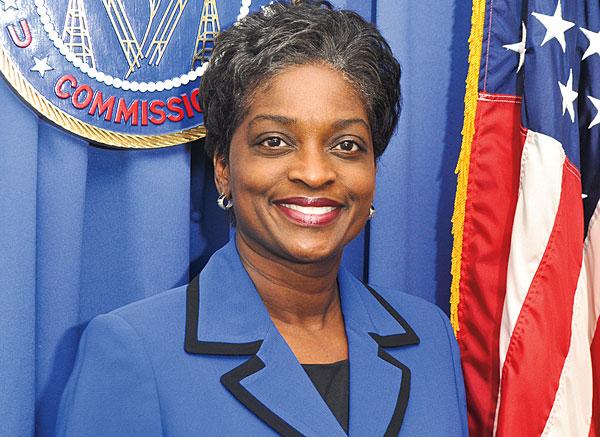Tom Fleischmann claims that several proceedings before the Federal Communications Commission could cause harm to broadcasters’ commitment to localism. The fact is these proceedings will provide broadcast TV stations new opportunities to serve the public with expanded local news, more programming streams and better emergency warnings.
Fleischmann cites claims from the American Cable Association that broadcasters’ request to transition to the ATSC 3.0 standard – also known as the Next Gen TV standard – will lead broadcasters to shirk their emergency alerting responsibilities. Neither he nor ACA could be more mistaken. In fact, the new standard will help improve emergency alerting through geolocated warnings, interactive content such as evacuation maps and the ability to ‘wake up’ devices in the path of danger. Broadcasters take seriously our role as the public’s ‘first informers.’
Fleischmann also bemoans consolidation in the broadcast industry, which is ironic given that local broadcasters are far more regulated than behemoth wireless carriers, pay-TV providers and multiplatform technology companies who are not constrained by media ownership rules. Yet, none of these goliath media companies serve the ‘public interest, convenience and necessity,’ a principle that governs broadcasters’ license to operate. Broadcasters need common-sense media ownership rules that allow them to reinvest cost-savings into newsgathering, afford the most-watched programming and negotiate fairly with much larger media companies.
The main studio rule is one of these outdated FCC rules that does more harm rather than good in today’s media environment. Technology advances allow broadcasters to have a presence in their communities of service without needing a physical facility, which few members of the public even know about. Instead of paying for the upkeep of a rarely visited building, broadcast TV stations can instead invest those resources into local news, community-oriented programming and emergency weather detection.
We agree that the broadcast TV airwaves are evolving. However, we strongly disagree with the premise that this evolution will hurt what makes broadcasters stand out from the crowd – our commitment to localism.
Dennis Wharton
Executive Vice President, Communications
National Association of Broadcasters























































